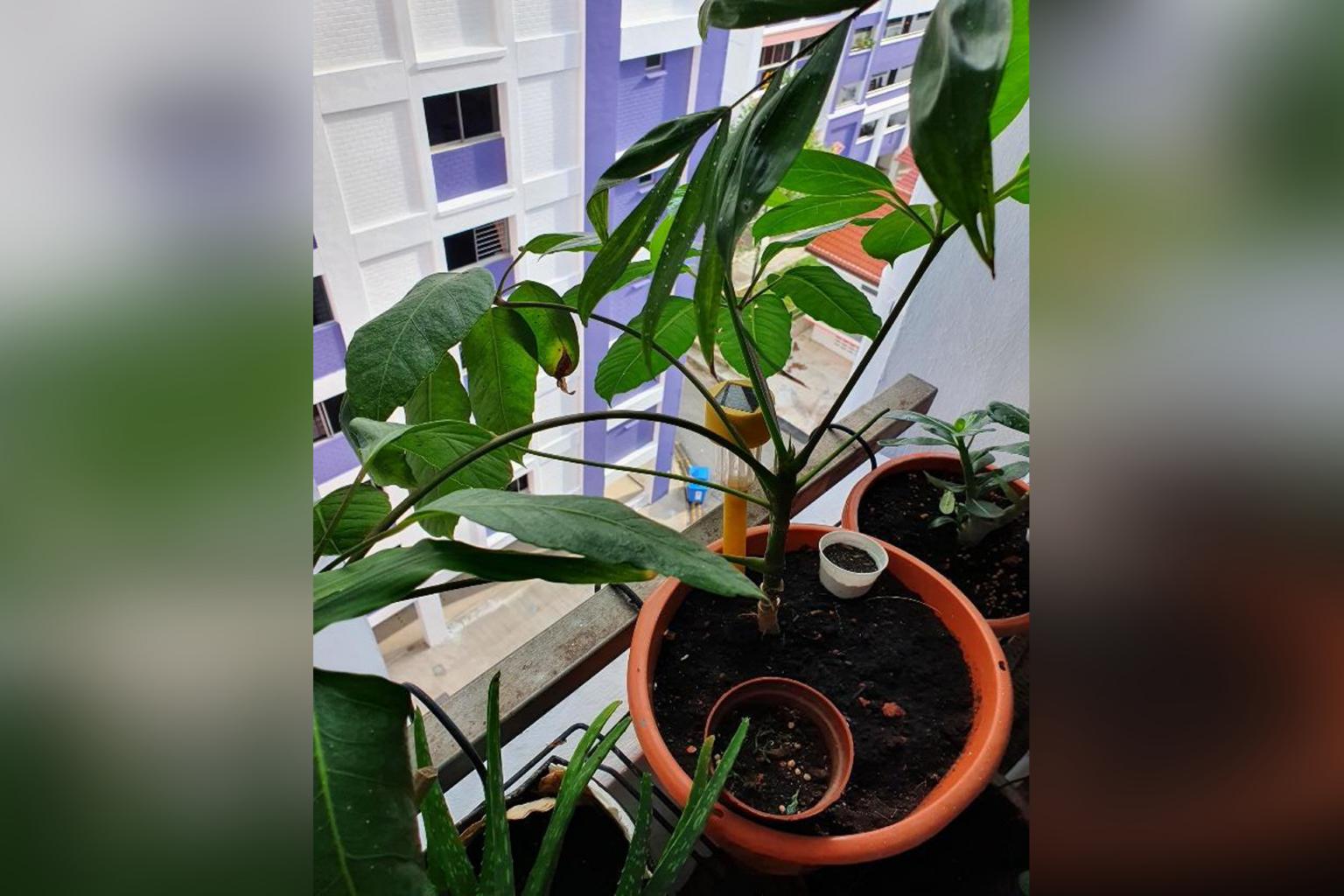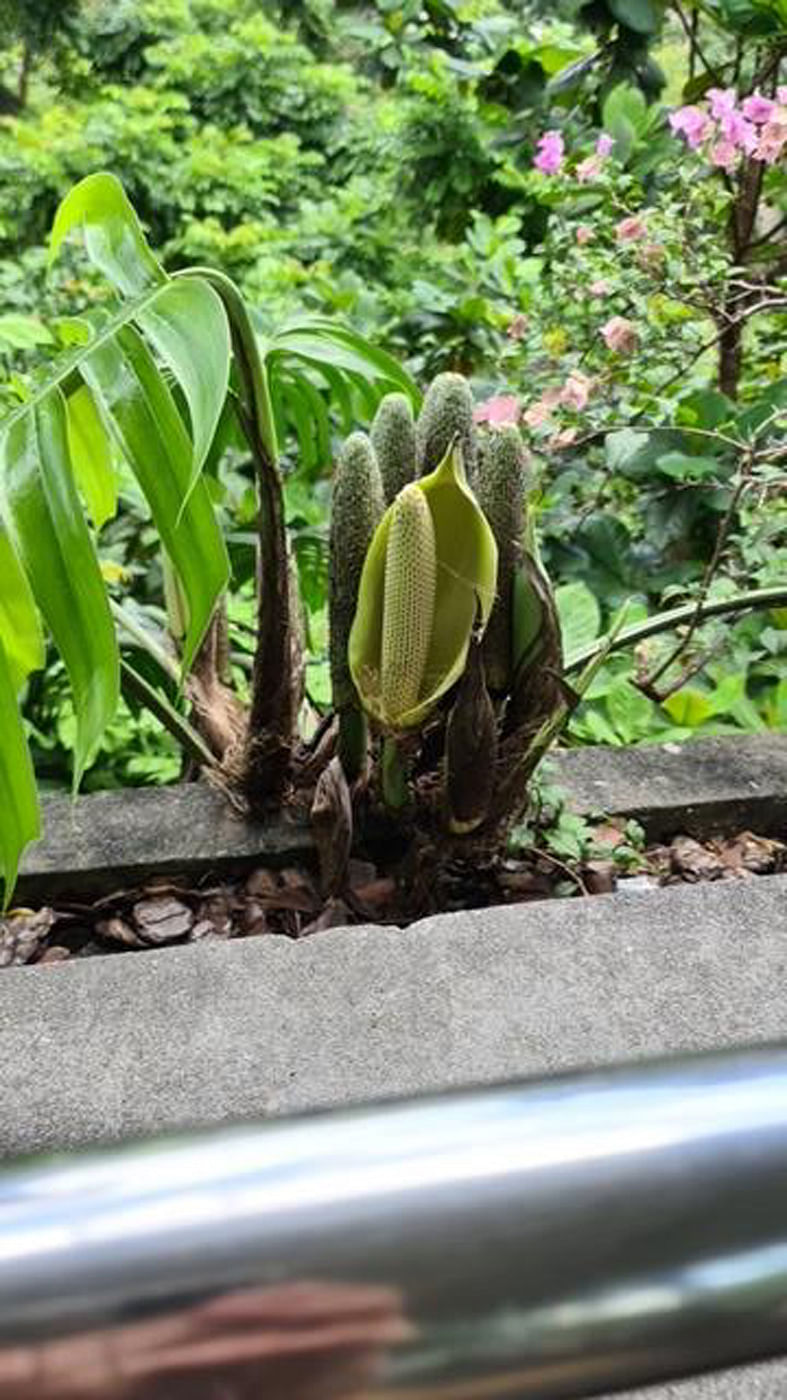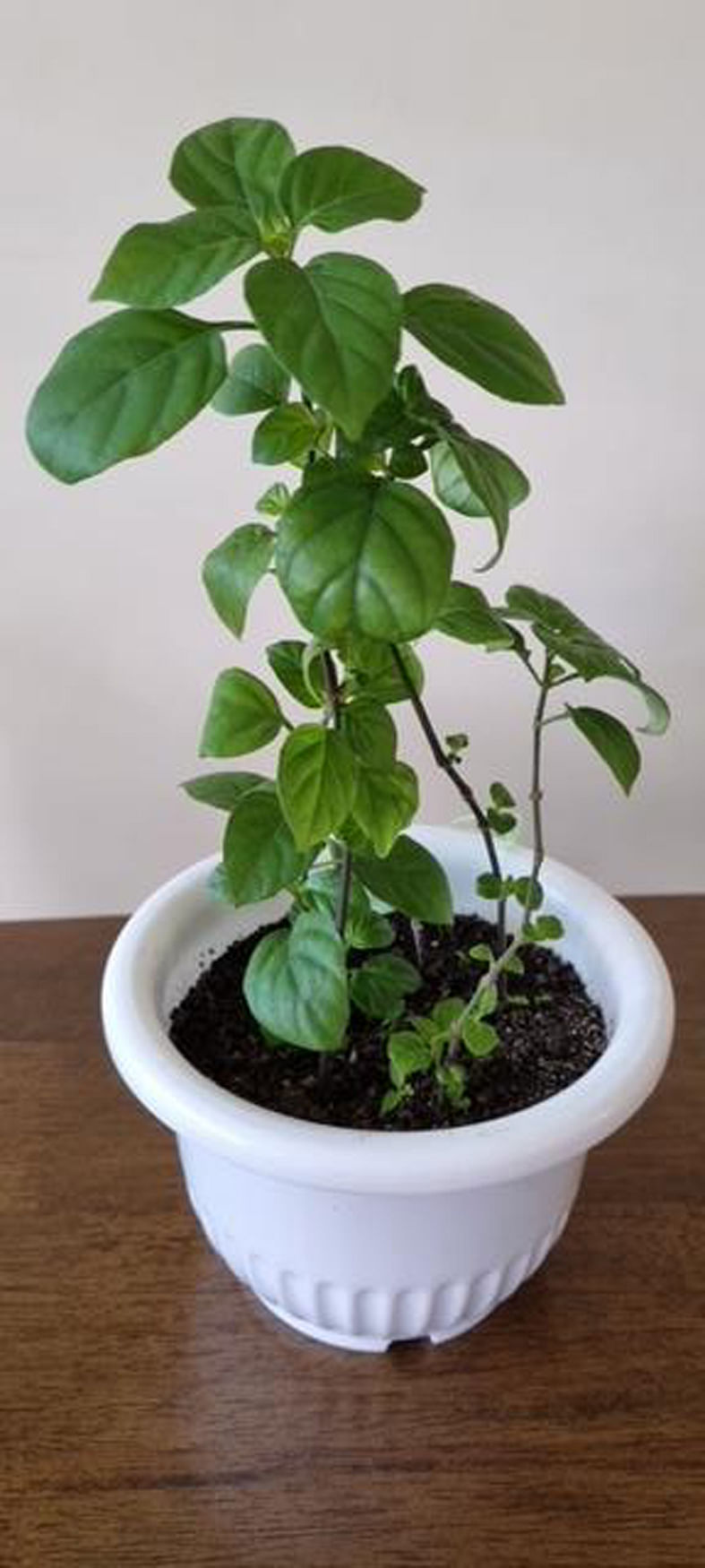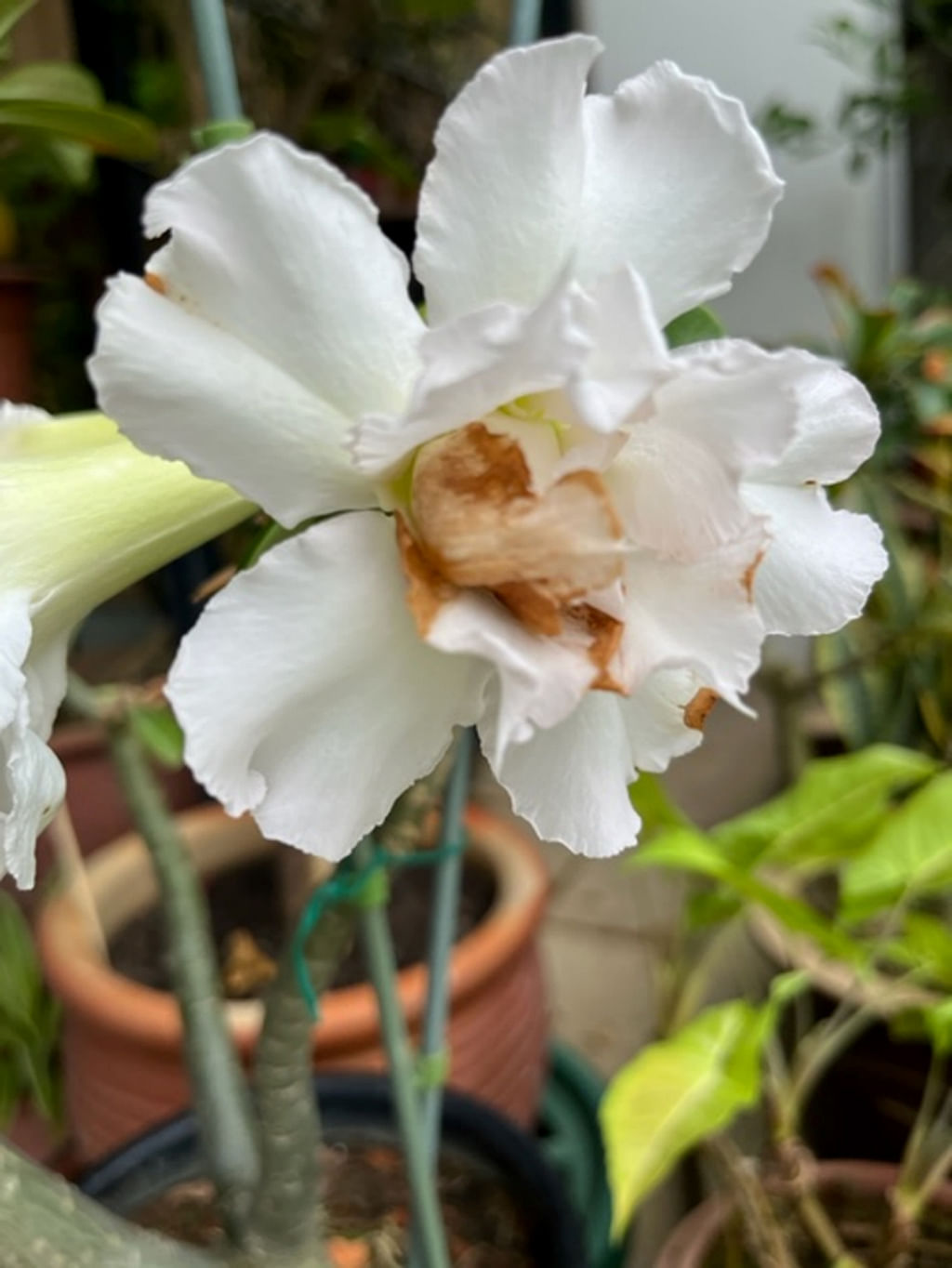Root Awakening: Umbrella Tree sapling needs bigger pot to grow
Sign up now: Get ST's newsletters delivered to your inbox

The Umbrella Tree's botanical name is Heptapleurum actinophyllum.
PHOTO: WONG MUN WAI
Follow topic:
Umbrella tree sapling will need a bigger pot
What plant is this? Does it need a bigger place to grow?
Wong Mun Wai
Wong Mun Wai
Your plant is commonly called the Umbrella Tree and its botanical name is Heptapleurum actinophyllum. At its current size, the sapling can be grown in the pot shown in the picture, which will limit its growth.
However, it can grow into a large tree if it has enough soil volume. Large specimens are planted in Singapore's parks and gardens. As the roots of the plant fill the pot, it will need to be watered more regularly as it will dry out faster.
Chilli plant infested with broad mites, may have viral disease

Viral diseases are spread by sucking insects such as whiteflies, which are a common pest of the chilli plant.
PHOTO: Lih Shyan
My chilli plant used to be green and bushy. Two weeks ago, its leaves turned yellow and spotty, and the young leaves became black. What is wrong?
Lih Shyan
Your chilli plant appears to be infested with broad mites. These microscopic pests destroy young growing plants and cause existing leaves to become distorted. You can manage them by spraying the plant with lime sulphur or sulphur soap solution.
Also, the leaves' irregular yellow colour indicates that your plant may have been infected with a viral disease. Infected plants should be discarded.
Viral diseases are spread by sucking insects such as whiteflies, which are a common pest of the chilli plant. It is vital to manage any infestation promptly by spraying the plant with castile soap solution, pyrethrins and summer oil. These can be rotated to reduce insecticide resistance, and regular and thorough applications are required.
Dragon-tail plant belongs to araceae family

This is the Dragon-Tail Plant, which is botanically known as Epipremnum pinnatum.
PHOTO: Gail Lim
I saw this in a planter at the overhead bridge linking Holland Drive to Ghim Moh. What plant is this?
Gail Lim
This is the Dragon-Tail Plant, which is botanically known as Epipremnum pinnatum and belongs to the Araceae family, the same one as the Anthurium.
This climbing plant attaches its aerial roots to moist, rough surfaces and climbs towards light. The visible structures are its inflorescence, typified by a rod-like spadix and sail-like spathe. In your picture, it appears that several have gone on to the fruit development stage.
This species is sometimes grown as a medicinal plant and used in traditional folk medicine.
Chinese violet produces edible leaves, is often mistaken for another plant

This plant is grown for its edible leaves and is often called the "Taiwanese Kau Kee" in Singapore.
PHOTO: TERENCE NG
I was told this plant is edible and can be consumed raw. What is its name and does it have health benefits?
Terence Ng
This plant is grown for its edible leaves and is often called the "Taiwanese Kau Kee" in Singapore. It belongs to the Acanthaceae family, which is not the same as the one to which the Kau Kee (also known as the Goji Berry, botanical name Lycium chinense) belongs. The latter belongs to the tomato family (Solanaceae).
Botanically known as Asystasia gangetica, this wiry shrub produces either violet or yellow trumpet-shape flowers. It will not produce the red berries typical of the Goji Berry.
Avoid eating large quantities of its raw leaves as they contain oxalate, which, when consumed excessively, can lead to kidney stones. Cook the leaves to destroy this substance before consumption.
Desert rose flower damaged by insects or rain

Effective pesticides include spinosad and microbial insecticides that contain Beauveria bassiana.
PHOTO: yoke lan lee
My white Desert Rose's petals are discoloured. What is the cause and how can I treat it?
Yoke Lan Lee
The brown markings on your white Desert Rose (Adenium cultivar) could be due to thrips, a type of small rasping insect. They feed on flower buds' developing tissue and the damage manifests as brown streaks when the flower blooms. These pests affect roses in the same way.
You can use a blue sticky trap to monitor them. Thrips are difficult to manage with most pesticides as they develop resistance quickly. Effective pesticides include spinosad and microbial insecticides that contain Beauveria bassiana. Pesticides need to be rotated to maintain their effectiveness.
Another possibility is damage caused by heavy rain. Flowering specimens should be sheltered from rain and are best grown under a clear shelter that lets sunlight through. Rain can damage flower buds and the resulting wounds can be points of entry for pathogens such as fungi and bacteria.
- Answers by Dr Wilson Wong, an NParks-certified practising horticulturist, parks manager and ISA-certified arborist. He is the founder of Green Culture Singapore and an adjunct assistant professor (Food Science & Technology) at the National University of Singapore.
- Have a gardening query? E-mail it with clear, high-resolution pictures of at least 1MB, if any, and your full name to stlife@sph.com.sg. We reserve the right to edit and reject questions.

